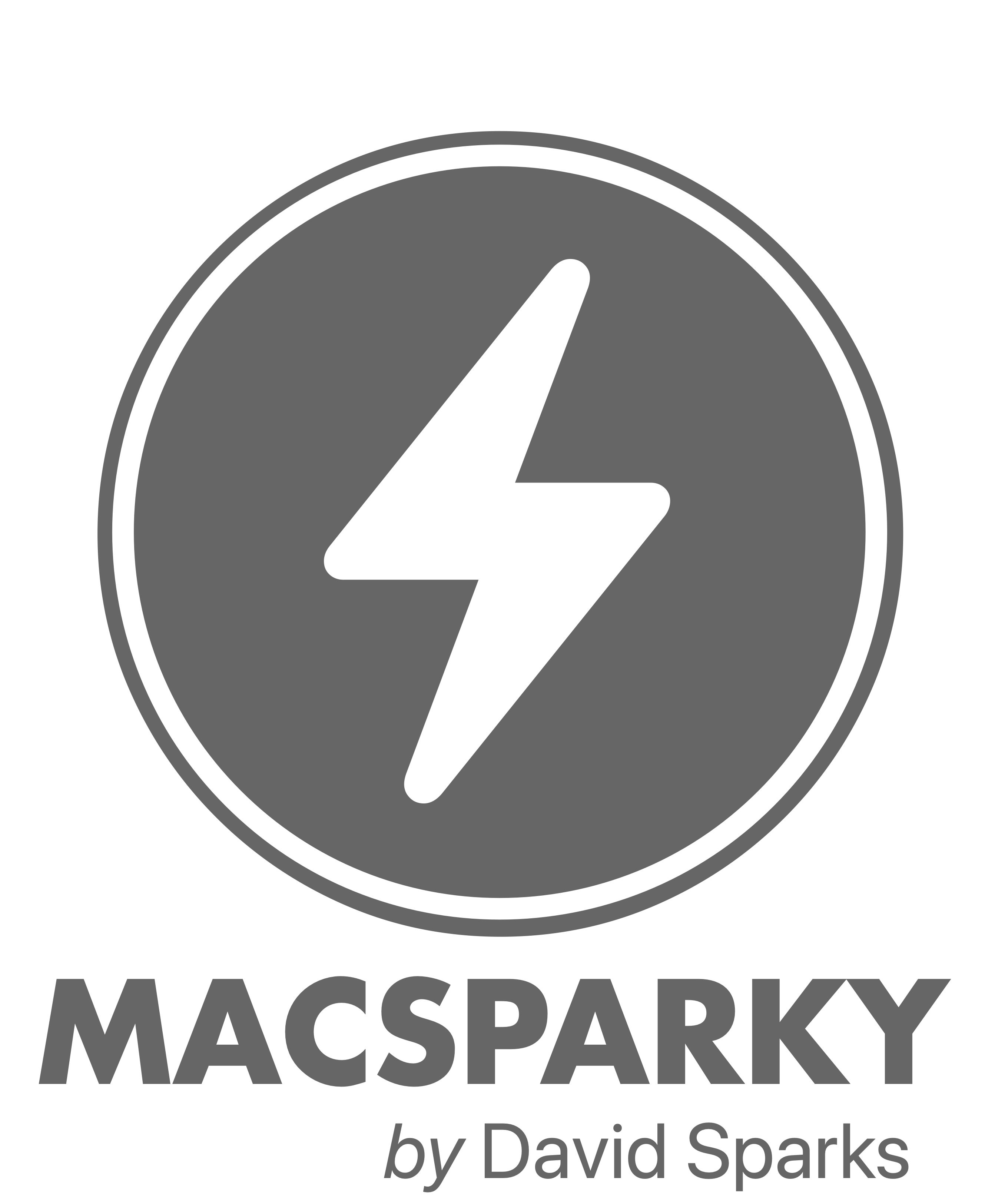This week’s home screen features You-Tuber Lon Seidman (YouTube) (Twitter) (Facebook). Lon does video reviews of technology products and he loves his iPhone. So Lon, show us your home screen.
What are some of your favorite apps?
I spend most of my time using the Inbox app for managing my Gmail accounts, OmniFocus (of course!) for managing my life, the YouTube creator app for my channel’s analytics and engagement, Downcast for listening to Mac Power Users and many other podcasts, and a bunch of social media apps like Facebook, Instagram, and Twitter.
Which app is your guilty pleasure?
These days it’s Pac-Man 256 – a Pac-Man endless runner that’s probably the best retro inspired game I’ve played in a long time. And I will admit I look at Facebook quite a bit too. But it’s smart enough to know I am only interested in seeing pictures of dogs and babies.
What app makes you most productive?
Google’s Inbox app. It’s similar in some ways to Mailbox from Dropbox, but it does some things better like bulk categorization of mail for easy sortation. So unlike the lousy Gmail tabs, the Inbox method is to display those bulk categories into inline groupings that expand within the inbox stream. Really slick and very easy to quickly review messages.
The app works great across all of the many platforms I use (including the web) and has really helped bring some sanity to how I go through my email box. The workflow is so efficient that I can pop in quickly and keep things neat and tidy throughout the day. It also lets me create custom groupings based on specific tags.
What app do you know you’re underutilizing?
I am sure I am not alone in saying Workflow is tremendously underutilized on my iPhone. I am starting to find more and more uses for it which is great but I know it can do a lot more than what I’m currently tasking it with.
What is the app you are still missing?
That’s a good question. I wish I was smart enough to think of the app that I’m missing so I can invent it and have a very profitable exit!
How many times a day do you use your iPhone/iPad?
My iPhone constantly – especially because I can “tend the garden” of my three email accounts very quickly and efficiently while waiting on a line, etc. The funny thing is that since I bought my iPhone 6 I am using the iPad less. The larger screen on the 6 vs. the 5s it replaced was just enough to take some tasks away from the iPad.
What Today View widgets are you using and why?
I have never been much of a widget guy so my today view isn’t something I look at often. I do find the Plugshare app’s view of nearby electric car charging stations really useful. That’s primarily what I use the today screen for if I’m traveling and looking for some free juice for my ride.
What is your favorite feature of the iPhone/iPad?
The first thing that came to mind with this question was Touch ID. It has probably saved me hours over the course of the year by not having to type in my passcode over and over again. Every time I test phones and tablets on competing platforms it’s the first thing I miss having.
If you were in charge at Apple, what would you add or change?
I would be less restrictive with the things users can do on the platform. A great example is comparing something like the Android-based Nvidia Shield TV to the Apple TV. Google is much more flexible in allowing apps like game and computer emulators, and other apps that do things to help third party apps work better together or with the underlying OS.
It would be nice for Apple to treat iOS like the Mac and give users the option to install apps from sources other than the app-store eco system. I know they are mindful of security but there are a lot of fun things I can do on Android that I can’t do on Apple without jailbreaking.
Do you have an Apple Watch?
I do! It’s funny I didn’t think I was going to use the Apple Watch much but now it’s part of my routine. I like the small conveniences it provides as well as the fitness tracking. Apple Pay on the watch is amazing and I use it all the time.
I recently switched to a traditional watch face after using the modular one for awhile. My daughter always requests the butterfly version so that’s in rotation too.
I should have opted for the sapphire face vs. the glass as I already have a gash in mine :-(.
What’s your wallpaper and why?
My wallpaper is a picture of my daughter I took the day she was born. It’s the best photo I’ve ever taken which also happens to be of my favorite subject :).
Anything else you’d like to share?
I am continually in awe of my 2012 Macbook Pro Retina. It is in use helping me work probably 12–16 hours a day. It’s my primary desktop computer for my day job (plugged into a Thunderbolt dock) and is what I use for editing all of my YouTube videos. I have never owned a computer that’s been this useful for so long since my Apple II from the 80’s. I will likely replace it when the Skylake version comes out as I am starting to do more with 4k video.















